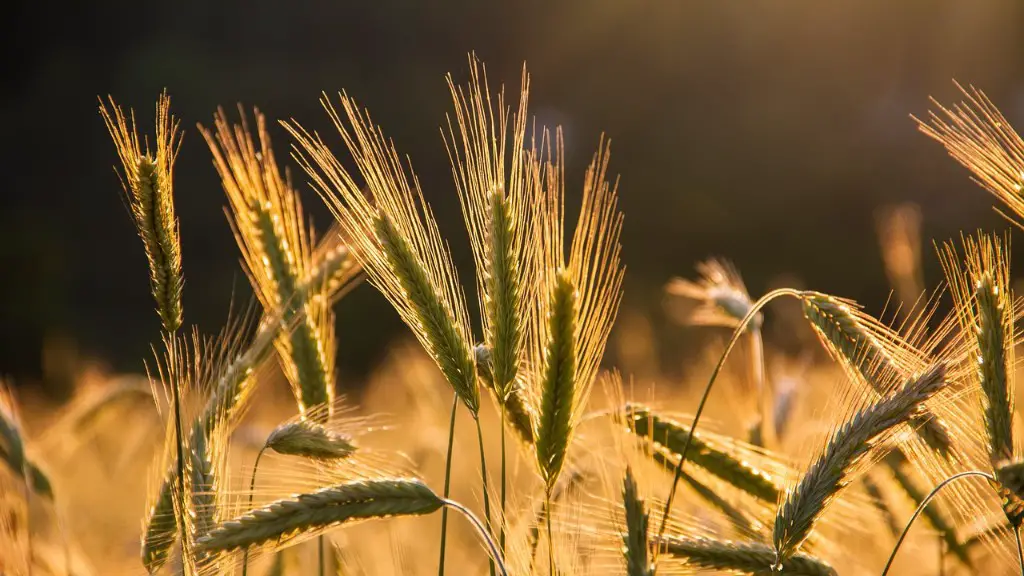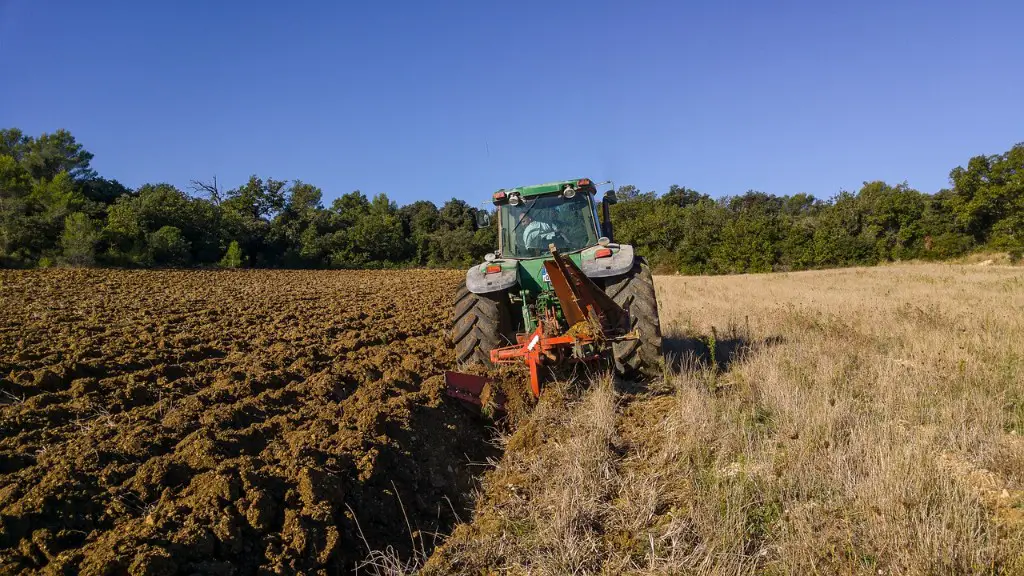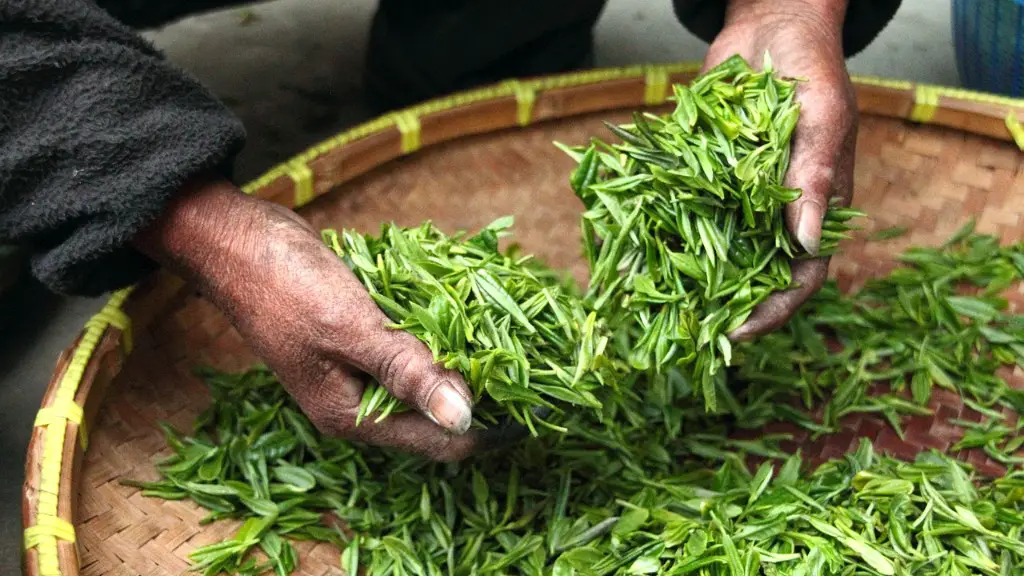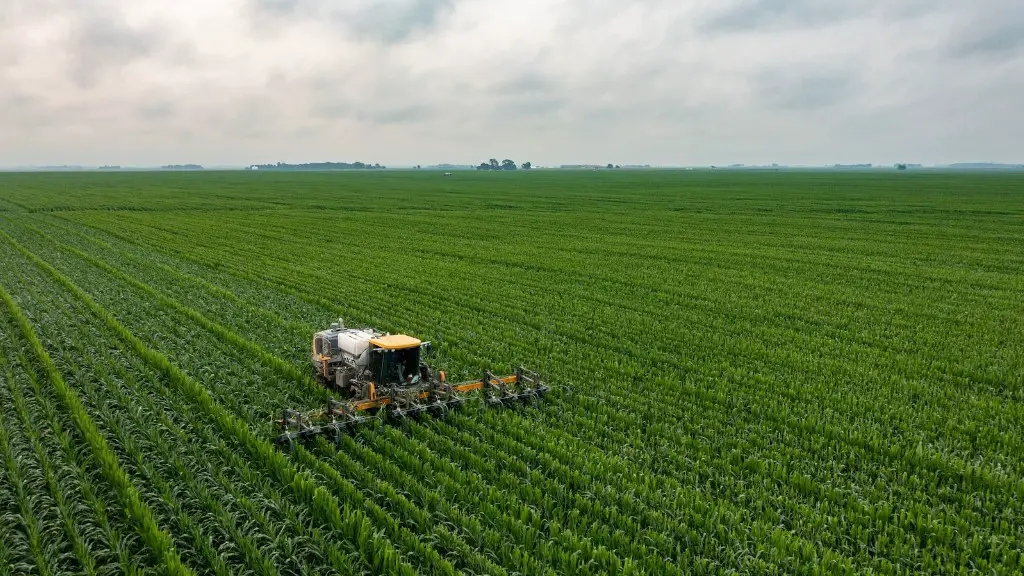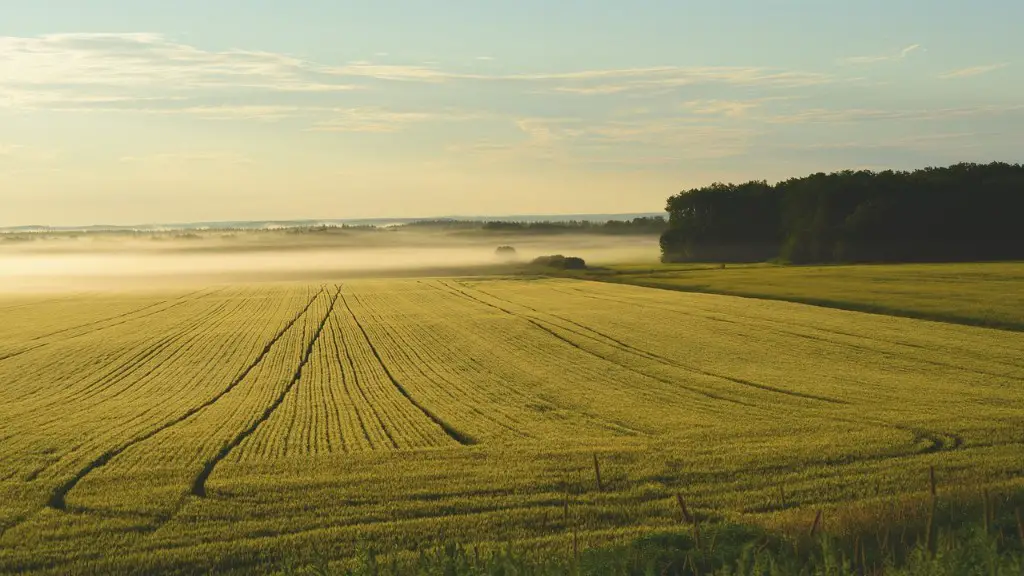A farmstead is an agricultural area that is dedicated to the cultivation of crops and livestock, and includes the barns, outbuildings, houses, and other structures used in the operation of a farm. A farmstead often includes fields, pastures, gardens, orchards, livestock pens, and woods. In many cases, a farmstead may be a combination of a farm and a homestead, where an owner or tenant farmer lives together with his or her family.
A farmstead often covers several acres of land and can involve multiple aspects of land management. The size and scope of the operation will depend on the type of agricultural activities taking place, as well as the resources available to the landowner. For example, a farm producing livestock may involve grazing land for cattle or sheep, as well as pastures, hay fields, and poultry houses. A farm growing grains or vegetables may include irrigated fields, orchards, and high-tech greenhouses.
Farms need to be carefully planned and managed to maximize production. The farmer needs to be aware of weather and soil conditions, as well as any potential hazards to the land or livestock. Good management practices also involve proper irrigation, soil fertility, and pest control, as well as appropriate stocking of livestock and proper harvesting of crops.
Farmsteads also need to be managed financially. The farmer needs to ensure that all expenses are covered, and that enough capital is available to purchase new equipment, hire workers and invest in innovative technology. Additionally, farmers must be aware of and adhere to various government regulations relating to agricultural activities.
Farmsteads are an important part of our agricultural system. They provide food and other products for people and animals, as well as shelter and a place to work for the farmer and their family. In addition, farmsteads can be a source of recreation and education for visitors, offering activities like hay rides, picking strawberries, walking trails, and farm-gate sales.
History of Farmsteads
Farmsteads have been around since ancient times. Examples from the Middle East, Egypt and Asia date back thousands of years. Farmsteads are believed to have originated in what is now modern-day Iran, which housed some of the earliest known settlements of humans. In the Americas, Native Americans practiced various forms of agriculture, including hunting, fishing and farming.
Today, the vast majority of farmsteads are located in rural areas and areas where land is relatively inexpensive and plentiful. The types of crops and livestock are often dictated by the geography and climate of the area. Additionally, the size of a farmstead may vary, depending on the size of the land available and the resources of the farmer.
Over the last couple of centuries, industrialization and mechanization have greatly impacted farmsteads. Many farms have become more specialized, with specific activities such as crop rotation or pasture management. At the same time, new technologies such as irrigation and genetic engineering have greatly increased the productivity of some farms.
Recently, there has been a renewed interest in sustainable and organic agriculture. Many farmers have embraced the idea of growing food in a way that preserves the environment and is friendly to people and animals. As a result, many traditional farmsteads are transitioning to more sustainable practices, with the goal of creating a healthier and more productive farmstead.
Types of Farmsteads
Farmsteads come in a variety of sizes and types. Some of the more common types include dairy, beef and sheep, vegetable, and poultry farms. Dairy farms are one of the most popular and involve cattle and goats, which are milked several times a day and the milk used to produce cheese, yogurt, and other dairy products. Beef farms focus on raising animals for their meat, while sheep farms are designed to produce wool for clothing and blankets.
Vegetable farms are dedicated to growing fruits and vegetables, which are harvested and sold at farmers markets, grocery stores, and restaurants. Poultry farms produce chickens, turkeys, ducks and other birds, which are processed and sold for meat. Other types of farms include apple and peach orchards, vineyards, and herb and floral gardens.
Additionally, many farms now focus on agritourism, which means they offer visitors access to their land in order to experience agriculture first-hand. Visitors might engage in a variety of activities, such as picking apples off trees, harvesting vegetables, or milking cows. This type of experience is becoming increasingly popular, as it provides an interactive, educational experience for people of all ages.
Modern Technology in Farmsteads
Farmers are continually looking for ways to increase efficiency through modern technology. This includes the use of sensors, drones and satellites to monitor soil conditions and temperature, as well as the use of computer modeling to optimize crop yields and animal health. Additionally, the use of genetically modified organisms (GMOs) is becoming increasingly commonplace in farmsteads.
Furthermore, the use of hydroponic farming and vertical farming has become more widespread in recent years. Hydroponics is a form of agriculture in which plants are grown without soil, using mineral nutrient solutions in a water solvent. Vertical farming is a form of urban agriculture where plants are grown in vertically stacked, controlled environments. Both these practices reduce the amount of land needed, while offering enhanced production and reduced costs.
With the use of these technologies, farms of all sizes can become more efficient and productive. Technology can also help farmers quickly identify and address any potential problems, which can help reduce losses and maximize profits.
Environmental Impact of Farmsteads
While farmsteads offer a number of benefits, their impact on the environment must be considered. The use of pesticides and fertilizers can cause soil erosion, water pollution and air pollution. Additionally, many farms use large amounts of water for irrigation, which can lead to depletion of groundwater resources.
Furthermore, the increased use of GMO crops can have a negative impact on the environment, due to their potential to harm pollinators and other beneficial insects. Additionally, there is concern about the potential for GM plants to produce pollen and fertilized progeny that could have an adverse effect on neighboring wild plants.
The use of modern technology can also be problematic. The use of chemical fertilizers and pesticides can cause water and soil contamination, while the large scale use of energy sources such as oil, coal, and nuclear energy can contribute to air pollution.
The Future of Farmsteads
As the environmental and economic impacts of farming become increasingly apparent, more farmers are turning to sustainable methods. This includes transitioning to organic farming, using water conservation techniques, and investing in renewable energy sources. Additionally, many farmers are participating in local and regional food networks, promoting the use of locally sourced ingredients.
In addition to more sustainable practices, farmers are also becoming more reliant on technology. Precision agriculture techniques have improved efficiency and productivity, while GPS-enabled machines and sensors can monitor crop health and soil conditions. Artificial intelligence and robotic systems can also help with activities like weeding, planting, and harvesting.
Finally, the use of big data is becoming increasingly popular, with many farmers collecting and analyzing data from several sources to improve decision-making. This data can be used to develop plans for managing fertilizer and water resources, monitoring crop health, and predicting market trends.
Conclusion
Farmsteads play an important role in our food system, providing food and other products, as well as recreation and education to many people. While traditional agricultural practices remain important, farmers are increasingly embracing sustainable and organic methods, as well as modern technology. This includes the use of organic fertilizers and pesticides, water conservation techniques, and renewable energy sources, as well as the use of sensors, drones, GPS-enabled machines and artificial intelligence. These changes can help make farms more efficient and productive while reducing their environmental impact.
